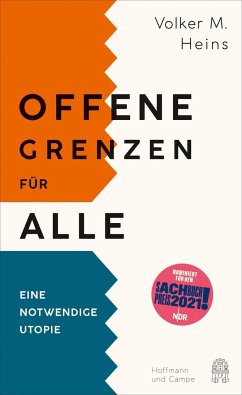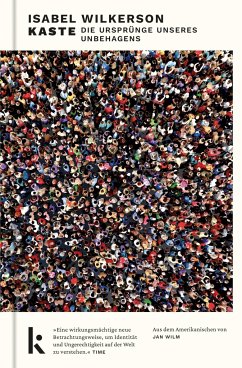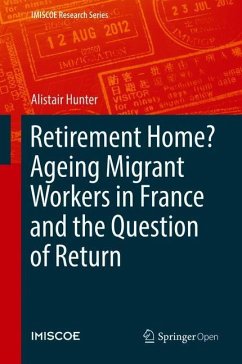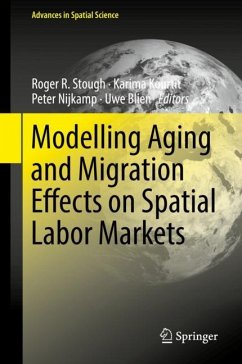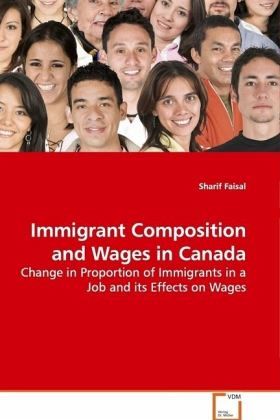
Immigrant Composition and Wages in Canada
Change in Proportion of Immigrants in a Job and its Effects on Wages
Versandkostenfrei!
Versandfertig in 6-10 Tagen
32,99 €
inkl. MwSt.

PAYBACK Punkte
16 °P sammeln!
This book examines the relationship betweenimmigrant-composition and wages of differentoccupations and different industries in Canada. Itreports the effects of change in proportion ofimmigrants in a job on the wage level for both maleand female Canadians and immigrants. First, allimmigrants are considered homogeneous, andthereafter, they are distinguished according to awide array of criterion (e.g. non-white immigrants,immigration after age 39, immigration after 1990) anda full spectrum of results are presented. Theseresults suggest that for immigrants, the aggregaterelationship of income with...
This book examines the relationship between
immigrant-composition and wages of different
occupations and different industries in Canada. It
reports the effects of change in proportion of
immigrants in a job on the wage level for both male
and female Canadians and immigrants. First, all
immigrants are considered homogeneous, and
thereafter, they are distinguished according to a
wide array of criterion (e.g. non-white immigrants,
immigration after age 39, immigration after 1990) and
a full spectrum of results are presented. These
results suggest that for immigrants, the aggregate
relationship of income with immigrant composition is
fairly small, unless they are sub-categorised into
specific groups (e.g. non-white immigrants,
immigration after 1990). The corresponding wage
penalties for Canadians are more uniform across the
different subgroup specifications and decomposition
of the data.
immigrant-composition and wages of different
occupations and different industries in Canada. It
reports the effects of change in proportion of
immigrants in a job on the wage level for both male
and female Canadians and immigrants. First, all
immigrants are considered homogeneous, and
thereafter, they are distinguished according to a
wide array of criterion (e.g. non-white immigrants,
immigration after age 39, immigration after 1990) and
a full spectrum of results are presented. These
results suggest that for immigrants, the aggregate
relationship of income with immigrant composition is
fairly small, unless they are sub-categorised into
specific groups (e.g. non-white immigrants,
immigration after 1990). The corresponding wage
penalties for Canadians are more uniform across the
different subgroup specifications and decomposition
of the data.







